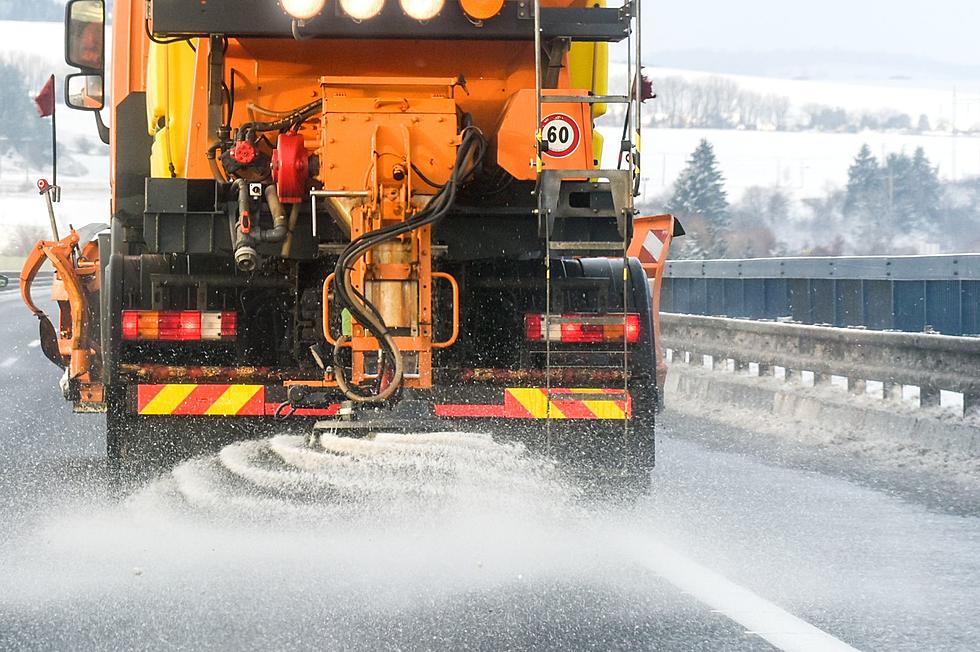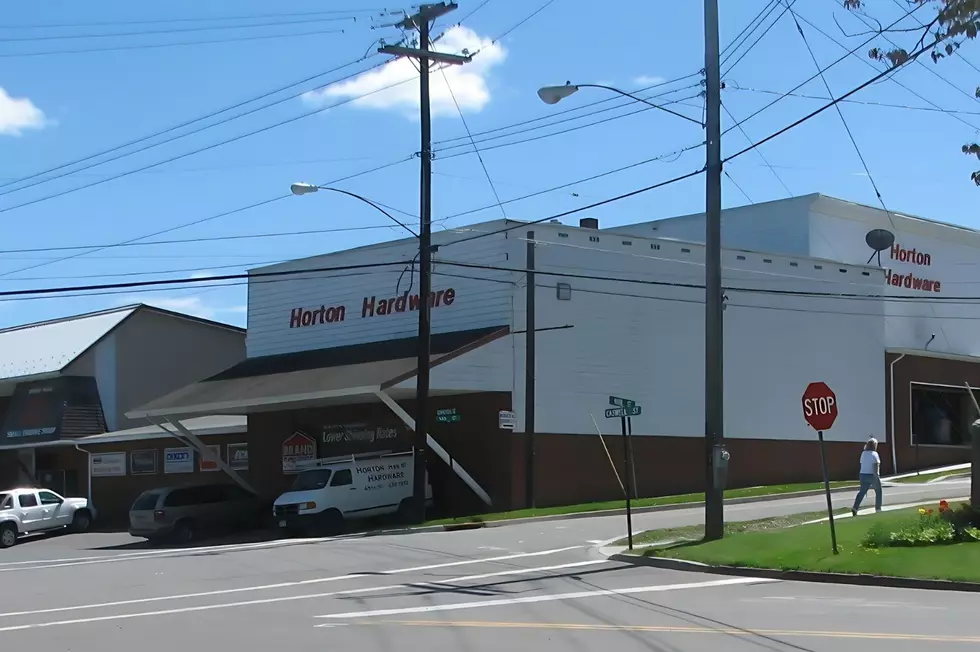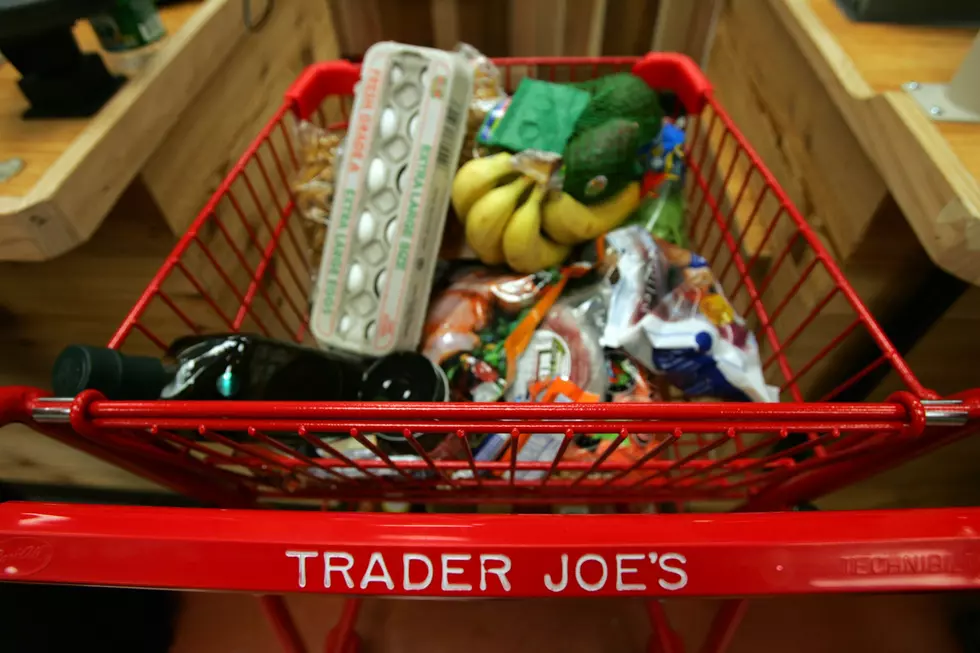
What Happens to the Salt Dumped on New York Roads in Winter?
During the winter months, it's completely common for New York to face heavy snowfall and freezing temperatures and during these times, municipalities rely on a crucial tool for clearing roads: salt.

Salt, a common de-icer helps to accelerate the melting process and make roads accessible to drivers. However, have you ever wondered what happens to all the salt we dump on the roads? It turns out that although salt assists travelers, it comes with some environmental consequences.
Prevalence of Road Salt
It's estimated that over 22 million tons of salt are scattered on roads in the United States each year. Broken down, that comes out to approximately 137 pounds of salt for every American. This is an enormous amount and while the salt is intended to thaw ice and snow quickly to keep our roads safer for travel, the salt used for de-icing doesn't just vanish after it's been applied.
Environmental Consequences of Road Salt
Once salt dissolves and breaks into sodium and chloride ions, it gets carried away by runoff. These ions find their way into surface water in places such as streams, rivers, and lakes, as even into groundwater reserves.
Studies have shown that long-term exposure to road salt has led to significant increases in sodium and chloride concentrations in various water bodies, with road salting identified as the primary cause. An estimated 40 percent of urban streams in the United States are beyond the safe guidelines for aquatic life due to elevated chloride levels from road salt.
Impacts on Aquatic Life and Ecosystems
Elevated chloride concentrations from road salt are known to harm freshwater aquatic organisms. For example, concentrations above 800 parts per million (ppm) can interfere with an animal's ability to regulate its salt intake which ultimately affects its survival. Crustaceans, amphibians, fish, and plants are all among the organisms that are negatively impacted.
Beyond aquatic ecosystems, road salt has broader consequences. Highly concentrated salt can prevent water circulation in lakes and ponds, leading to decreased oxygen levels and disrupting natural chemistry. In some cases, the excessive use of salt can dehydrate and kill trees and plants adjacent to roadways. Additionally, dried salt crystals may attract wildlife such as deer and moose to busy roads, increasing the risk of accidents.
Alternative Strategies
To minimize the environmental impact of road salt, transportation departments, and municipalities have been exploring alternative strategies. Some of these include salting before a storm, mixing the salt with small amounts of water to improve spreading and blending it with sand or gravel for enhanced traction. In recent years, some places have even used a range of alternate de-icing compounds, including beet juice, sugarcane molasses, and cheese brine, which have been mixed with salt to reduce the overall chloride load on the environment.
The Top 10 Fastest Growing Cities in New York State
Gallery Credit: Megan
Escape Reality at These "Maximalists" Fantasy Suites
Gallery Credit: Allison Kay
More From 98.1 The Hawk









